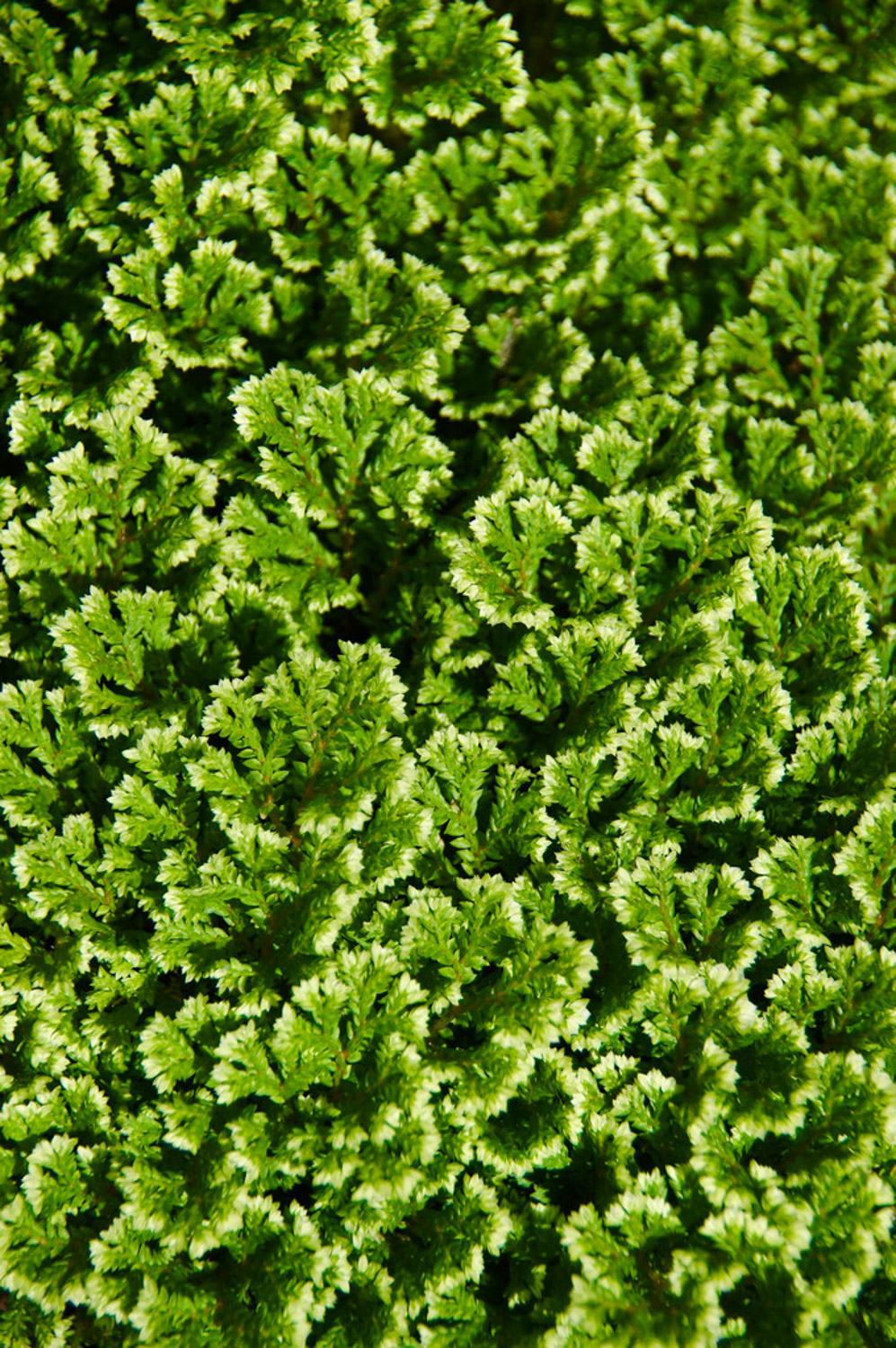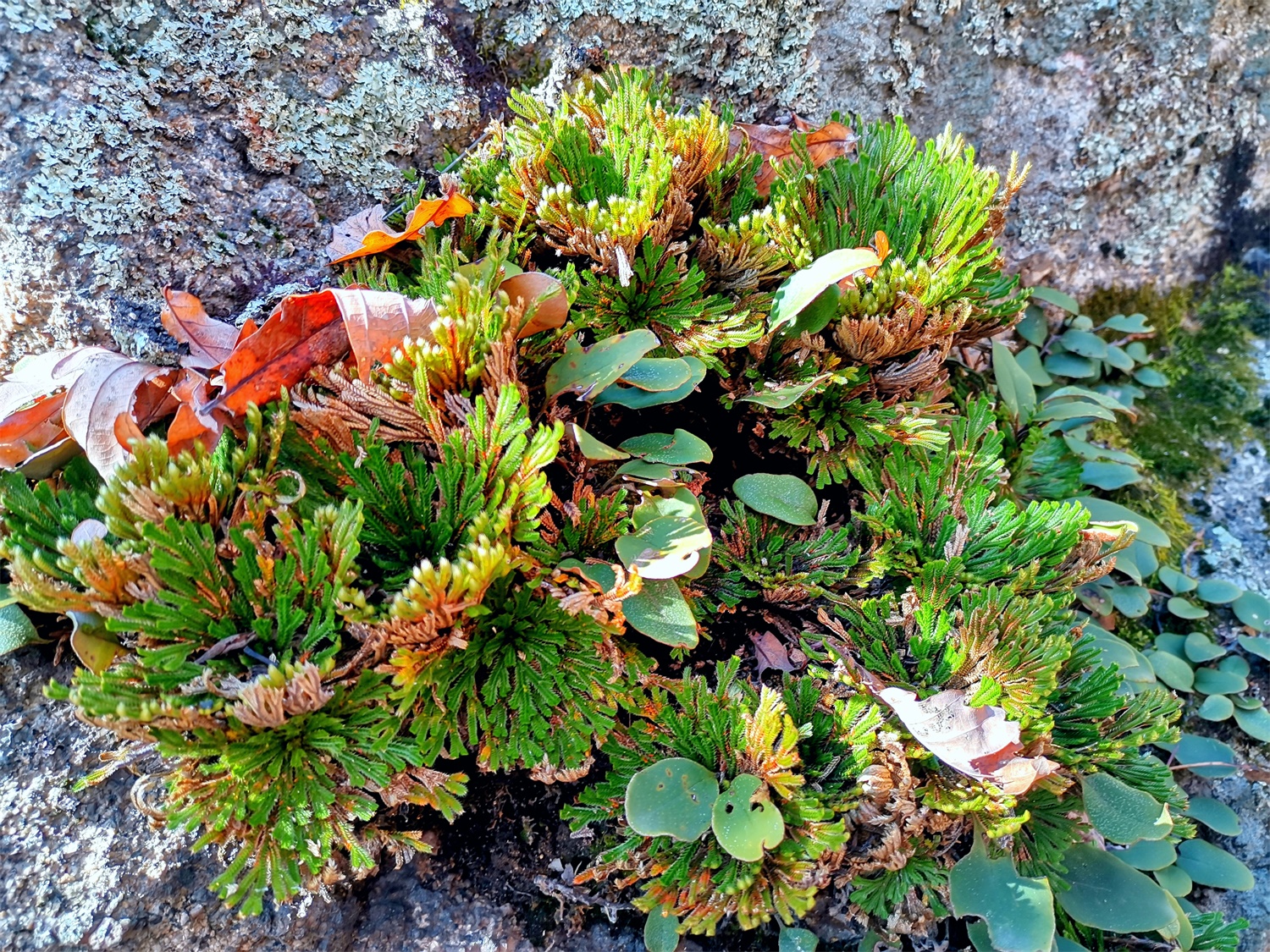Propagation method of Selaginella
Spore reproduction
Generally, select the stem segment with mature sporangia, cut about 1.5cm from the top of the branch, and sprinkle some fine sand on the stem segment incision to maintain the humidity of the incision and prevent water loss. New plants can grow after about 9 months under the temperature of about 20 ℃
Split stem propagation
Stem splitting propagation is to cut the stolon of Selaginella Selaginella into about 5cm stem segments and place them in the soil to keep the soil moist and germinate and grow soon

Leaf propagation
Insert Selaginella leaves into the soil, water and moisturize them in time, and place them in the semi shade. Soon they will take root and send out new leaves
Maintenance method of Selaginella
Selaginella soil
The soil with good air permeability is suitable for Selaginella growth. The soil is usually mixed with 1 part of soil and 4 parts of fine sand
Growth temperature of Selaginella
The suitable growth temperature of Selaginella Selaginella is 20 ℃. Under the condition of high temperature and water shortage, Selaginella Selaginella will curl and shrink to reduce water loss; When the temperature is too low, the metabolism of Selaginella Selaginella is weakened and the growth is slow. The lowest temperature in winter is 0 ℃. If it is lower than 0 ℃, it is easy to cause plant frostbite

Water supply of Selaginella
Selaginella Selaginella has strong drought resistance and needs a lot of watering during its growth. Pay attention to keep the basin soil moist. Plants like wet environment. In high temperature environment, spray leaves with warm water. Note that it is not allowed to spray with cold water, which is easy to be harmful to the leaves
Fertilization measures of Selaginella
Selaginella Selaginella has no strict requirements on fertilizer supply and strong vitality. Standard push liquid fertilizer with a concentration of 30% is applied every two weeks during the growth period. Try not to apply solid chemical fertilizer, because it is easy to cause soil hardening and is not conducive to plant growth

Selaginella的摆放位置
Selaginella适宜在荫蔽潮湿处生长,放在有散射光的区域生长较好。
Changing pots of Selaginella
Selaginella potting should use shallow pots, because it is conducive to the extraction of roots under the condition of water shortage and reduce water consumption. Every spring is a good time to change the basin. If you don't need to change the basin, turn the basin with fresh soil

 how many times do yo...
how many times do yo... how many planted tre...
how many planted tre... how many pine trees ...
how many pine trees ... how many pecan trees...
how many pecan trees... how many plants comp...
how many plants comp... how many plants can ...
how many plants can ... how many plants and ...
how many plants and ... how many pepper plan...
how many pepper plan...



























